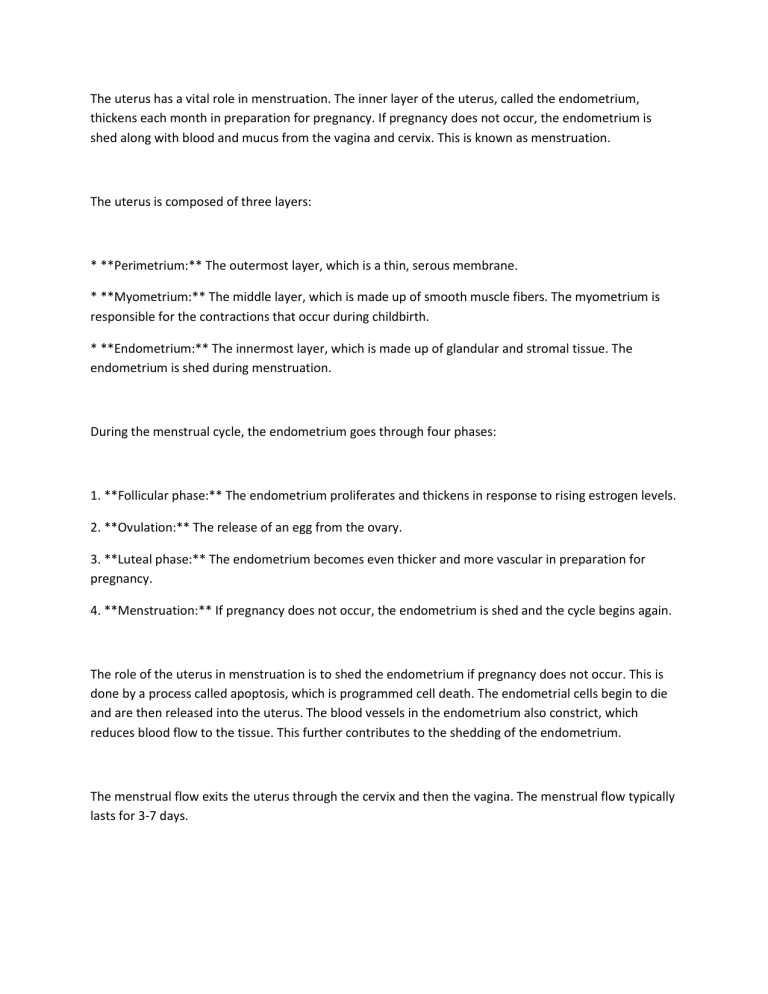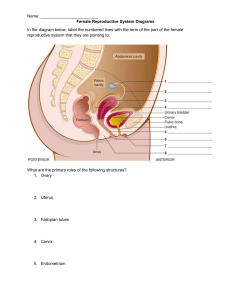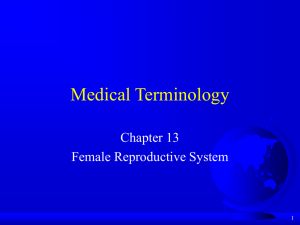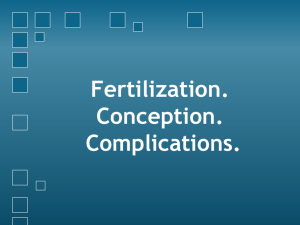
The uterus has a vital role in menstruation. The inner layer of the uterus, called the endometrium, thickens each month in preparation for pregnancy. If pregnancy does not occur, the endometrium is shed along with blood and mucus from the vagina and cervix. This is known as menstruation. The uterus is composed of three layers: * **Perimetrium:** The outermost layer, which is a thin, serous membrane. * **Myometrium:** The middle layer, which is made up of smooth muscle fibers. The myometrium is responsible for the contractions that occur during childbirth. * **Endometrium:** The innermost layer, which is made up of glandular and stromal tissue. The endometrium is shed during menstruation. During the menstrual cycle, the endometrium goes through four phases: 1. **Follicular phase:** The endometrium proliferates and thickens in response to rising estrogen levels. 2. **Ovulation:** The release of an egg from the ovary. 3. **Luteal phase:** The endometrium becomes even thicker and more vascular in preparation for pregnancy. 4. **Menstruation:** If pregnancy does not occur, the endometrium is shed and the cycle begins again. The role of the uterus in menstruation is to shed the endometrium if pregnancy does not occur. This is done by a process called apoptosis, which is programmed cell death. The endometrial cells begin to die and are then released into the uterus. The blood vessels in the endometrium also constrict, which reduces blood flow to the tissue. This further contributes to the shedding of the endometrium. The menstrual flow exits the uterus through the cervix and then the vagina. The menstrual flow typically lasts for 3-7 days. The uterus plays a vital role in menstruation by shedding the endometrium if pregnancy does not occur. This is a complex process that is regulated by hormones. The menstrual cycle is a normal part of a woman's reproductive life and helps to prepare the uterus for pregnancy each month.





